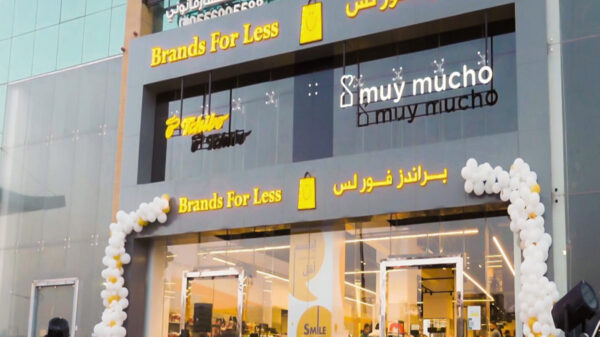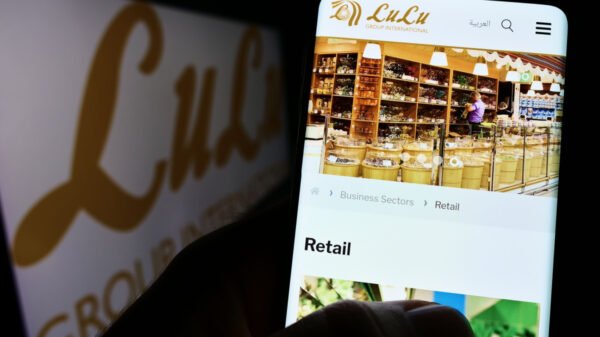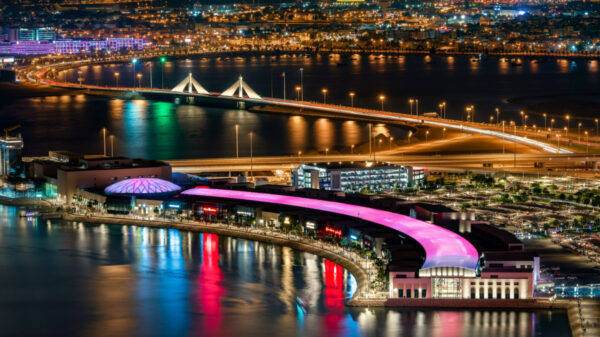White Friday has become not only a highly profitable period for brands and retailers, it is also one of the most anticipated sales periods for dedicated bargain hunters.
White Friday represents the best and final opportunity of the year for Gulf shoppers to bag a deal ahead of the holiday season — especially in the UAE. Given the impact on percentage of their annual sales, brands need to develop specific content and e-trade marketing strategies for this period and really understand what tactics to employ to prosper.
While Black Friday is an annual US sales tradition, the Middle East has adapted the US holiday as White Friday.
These sales last up to four days in the last week of November. Another major difference between Black Friday and White Friday is that while the Black Friday festival lasts for one day, the White Friday festival generally runs for four days.
For retailers, whether sales are black, white, yellow, cyber, or single, the importance of planning and executing for these events to our clients cannot be underestimated.
Nowadays very few categories are excluded from the impact of online shopping festivals, from food and clothing to electronics and beauty, increased spending activity at these times has not only become the norm in the UAE and the Middle East, but have transformed in-store purchasing habits. Naturally, such occasions have rightly taken centre stage in terms of brand marketing activity.
In Saudi Arabia, Amazon emerged as the sector leader, where 41 per cent of those surveyors on Twitter said they intend to use the platform on White Friday, followed closely by noon at 38 per cent.
With incentives such as next-day delivery and flexible payment plans offered by brick-and-mortar and large cyber platforms alike, technology has successfully enticed even the most seasoned shoppers.
Shoppers today are adopting a hybrid mentality in their purchase preferences. White Friday used to centre around in-store discounts, while Cyber Monday was digital.
Omni-channel outlets
These days shoppers are used to making purchases anywhere as long as they get the desired quality, convenience, and value.
Neither sales day is segment-exclusive. This is a trend that accelerated in no small part by advances in marketplace e-commerce, especially with the adoption of q-commerce (quick e-commerce) strategies, such as on-demand delivery and e-grocery, by many of the big players.
The growing q-commerce industry has enticed many bargain hunters away from traditional in-store models, providing major discounts online along with eliminating the need to wait days for purchases to arrive.
Indeed, when Twitter asked Saudi shoppers about their preferences ahead of White Friday, 21 per cent planned to shop solely online. With three-quarters of UAE consumers now preferring to shop online, and the UAE’s e-commerce sector alone forecast to increase to more than $8 billion between 2021 and 2025, it comes as no surprise that the savviest retailers and marketplaces are embracing this model to distinguish themselves from their rivals.
Despite a huge contemporary shift online, there is still a large scope and huge opportunities to grow online sales. The region still lags the UK, US, and China in terms of e-commerce sales as a percentage of total sales in virtually every category.
Shopping festivals maintain the momentum
Although the pandemic accelerated the shift to online shopping in the region, shopping festivals are also hugely responsible for maintaining that momentum here.
From a regional perspective, White Friday and its multicolour constituents are most popular among customers in the UAE, Saudi Arabia, and Egypt markets. Last year, for example, White Friday saw shopping app installation increase by 24 per cent in the UAE.
However, with 41 per cent of UAE residents choosing to shop both in-store and online during these events, physical outlets must continue to hold their own.
Accordingly, many retailers are investing significant time and resources into ensuring their online deals match in-store offerings, not only when it comes to price but also in terms of delivery speed.
Brands and retailers must simply show up at their usual best with consistency everywhere.
Seamless experience expectations
Owing to the shift in shopper expectations, consumers are now much more demanding. A study conducted by Ipsos on behalf of Google found that regional consumers expect a seamless shopping experience, regardless of whether it takes place in-store, online, or through a combination of the two.
The growing preference for hybrid shopping is demonstrated by the fact that 80 per cent of consumers now watch videos to independently inform themselves before making purchases. Increasingly more are using marketplaces as a primary search engine.
Given the ever-rising expectations of Middle East shoppers, it’s no wonder that retailers are striving to supplement first-rate sales deals — both physical and online — with the convenience offered by q-commerce.
It has never been more important to plan for a seamless shopping experience that combines incredible deals with superior levels of convenience. While many shoppers will still prefer to visit brick-and-mortar stores during the region’s biggest sales period, retailers and brands must act now to supplement their offerings with compelling online buying options across a range of marketplaces to gain a truly competitive advantage.














